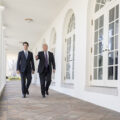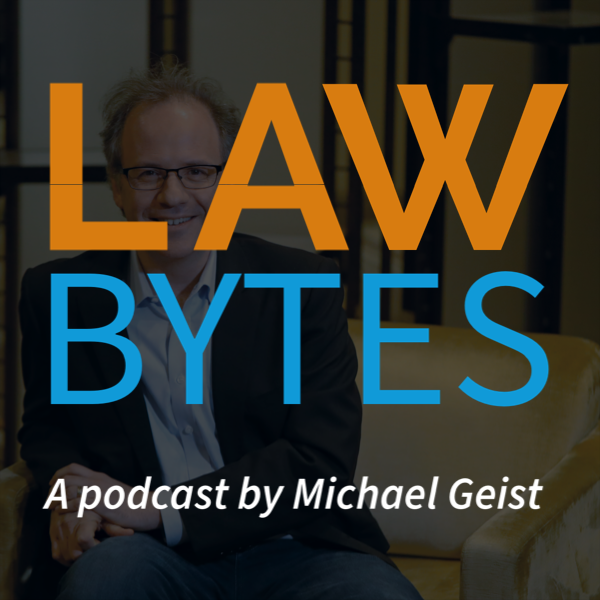The trade battle between Canada and the U.S. took a brief break last week as hours before the Trump tariffs were scheduled to take effect, President Trump agreed to a 30 day delay in return for various border measures. That brought a sigh of relief but no real sense that the issue is over. Indeed, quite the opposite – as future battles over tariffs and other measures appear very likely. Professor Richard Gold of McGill University’s Faculty of Law specializes in intellectual property. On last week’s Law Bytes episode, I referenced his proposal to consider suspending patents in key sectors such as pharmaceuticals and AI as a mechanism to counter US pressure. He joins me on the Law Bytes podcast to expand on his idea, explaining why there would be benefits for Canadian firms and frustration on U.S. firms that could spark domestic support to counter potential measures targeting Canada.
The podcast can be downloaded here, accessed on YouTube, and is embedded below. Subscribe to the podcast via Apple Podcast, Google Play, Spotify or the RSS feed. Updates on the podcast on Twitter at @Lawbytespod.
Show Notes:
Richard Gold, Canada Must Hit the U.S. Where It Hurts Most: Its Lucrative Patents
Credits:
CP 24, Trump Delays Tariffs for 30 Days Against Canada After ‘Good Call’ with PM Trudeau, February 3, 2025









It is an interesting option, and the irony of using this is that the US can’t complain, given that they do this themselves. Ok, they will complain like its nobody’s business, but a focus on the IP held by some of the pharma and tech-bros should get 47’s attention.
Suspending patents in critical industries as a countermeasure to US pressure is an excellent concept, one that I hadn’t thought of before but which would galvanise domestic support against additional US initiatives.
Pingback: Fair Dealing Week 2025, part 1 | Fair Duty
This is a very interesting perspective, especially considering that the U.S. has used similar tactics itself. Focusing on the intellectual property of pharmaceutical and tech companies could be an effective leverage, but the question remains: is Canada prepared to handle the potential strong backlash from the U.S.?
In Minesweeper, you start with a grid that’s completely hidden. As you click on the squares, numbers appear to show how many mines are in the surrounding squares. Your goal is to use these numbers to safely uncover all the squares without clicking on a mine. The numbers help you avoid mines because they tell you how many mines are next to that square.